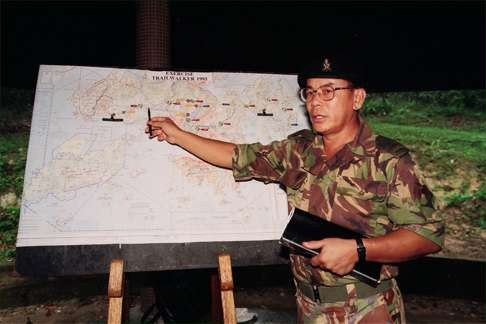
Eight memorable moments from 35 years of the Oxfam Trailwalker
The Oxfam Trailwalker, taking place on Friday, celebrates its 35th anniversary this year. We look back at the history and highlights of the event
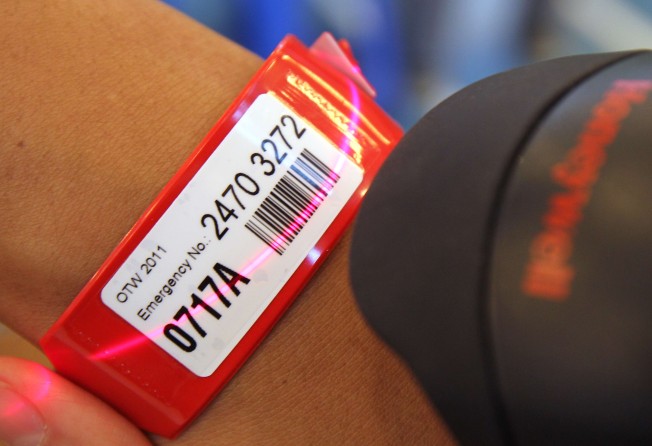
On Friday November 18, about 5,200 runners and hikers will be flagged off at Pak Tam Chung in Sai Kung for a 100-kilometre journey along the MacLehose Trail. It will be the 35th running of the Oxfam Trailwalker, a charity challenge that has captured the imagination of Hongkongers since 1981. We look back at eight memorable moments in the history of the event.
1. MacLehose Trail and the first Trailwalker
Hong Kong’s first long-distance hiking trail, a 100km route that cuts across the New Territories from east to west, was officially opened on October 26, 1979. It was named in honour of the city’s longest-serving colonial governor Murray MacLehose, who established the city’s country parks and was an enthusiastic hiker.
Major Lee of 246 Squadron of the Queen’s Gurkha Signals, part of the British Army based in the colony, had encouraged his men to walk the entire MacLehose Trail within 24 hours as a military training exercise. Captain G. Collinon, a military transport officer in the Gurkha Field Force, suggested turning the feat into a charity fundraising exercise.
So on December 4, 1981, “Exercise Trail Walker” took place. Fifty-five military teams of four set off at 5pm from Pak Tam Chung for the finish line at Perowne Barracks in Tuen Mun. The cut-off time was 48 hours and there were nine checkpoints along the route.

“Back then they did it in full military gear; boots, fatigues, blisters rubbing raw and blood pooling up under their heels. And they still ran. The event became a badge of honour,” Major Lil Bahadur Gurung, a veteran of several Trailwalkers, told the Post in 1995.
It’s not known how many teams finished or what the fastest time was, but what mattered was HK$80,000 was raised – enough for a library in a poor Nepalese village and a sizeable donation for the Spastics Association of Hong Kong.
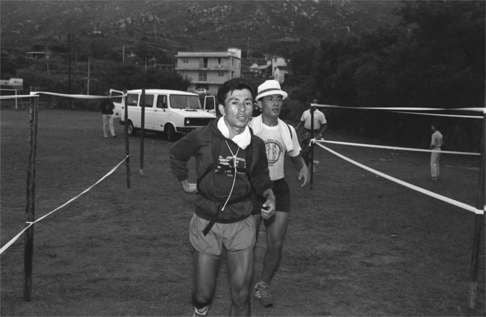
2. The first civilian victory
Although military interest in Trailwalker grew over the years, the funds raised dwindled. The solution: open the race to the public. In 1986, 31 of 100 teams that took part were made up of civilians. Almost HK$205,000 was raised and split between the Gurkha Welfare Trust, Oxfam Hong Kong and local charities helping disabled people.
That year, for the first time, a non-military team won. A group of middle-aged members of the Athletic Veterans of Hong Kong crossed the finish line in 17 hours, 58 minutes, more than an hour faster than the second-placed “A” team of the Queen’s Gurkha Engineers. It would be nine years before a civilian team triumphed again.
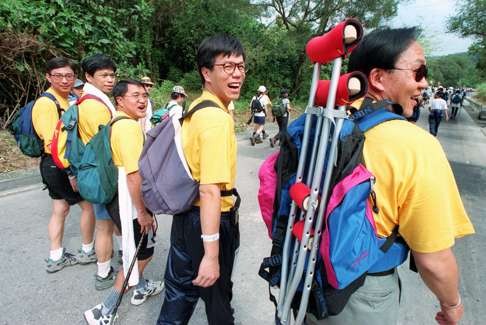
In 1995, the Carlingford Lombard Comets, comprising three men and legendary ultrarunner Wynnie Wu-Cosgrove, romped to victory in 14 hours, 26 minutes as the strongest Gurkha team withdrew due to injury.
“That has been the only mixed team to win Trailwalker outright,” says Keith Noyes, a veteran trailrunner who has completed 13 Trailwalkers since 1993. “When Wynnie finished the race, the first thing she did was drink two Guinnesses because she was afraid of being dehydrated and getting kidney stones. Beer is known to protect against kidney stones, but Guinness is better because it contains more iron.”
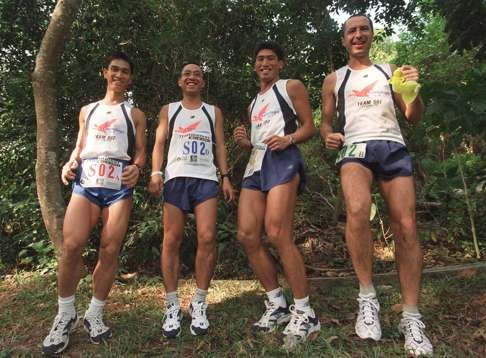
Another standout civilian team was Chan Kwok-keung (widely known as “Mr Trailwalker”) and his Cosmo Boys made up of fellow mountain-rescue firemen. They dominated the race in 1998, 1999 and 2000. Until this day, Chan continues to guide participants in tackling the event through his “Trailwalker Training Room” programme.
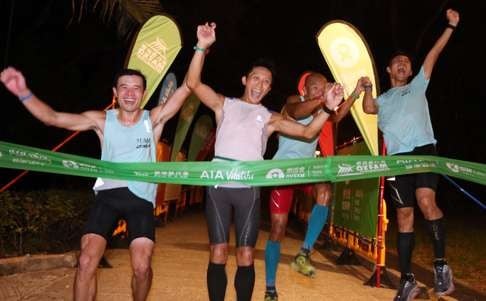
Gone are the days of Gurkha domination. Last year, another group of local boys, Team 2XU UFO, won in 11 hours, 58 minutes.
3. The last of Gurkha soup
As the British Army began to withdraw from the territory in the lead-up to the 1997 handover, 1996 would be the last time the Gurkhas’ famous hot oxtail soup nourished weary participants at Trailwalker checkpoints. “Till this day I still get participants telling me they miss the soup,” says Brenda Wong Yuk-han, the Trailwalker fundraising manager who has been involved in the event’s organisation since 1997.
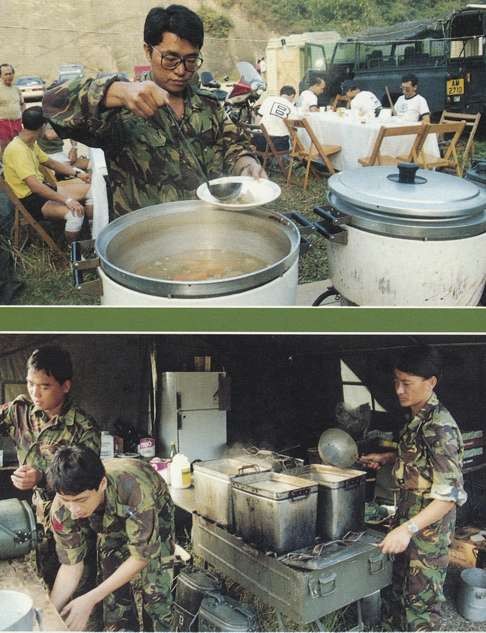
Along with the soup went the Gurkhas’ duty to organise the event – taken over by Oxfam Hong Kong and aided by volunteers from agencies such as the Auxiliary Medical Services, Civil Aid Services, China Light & Power and Hongkong Telecom.
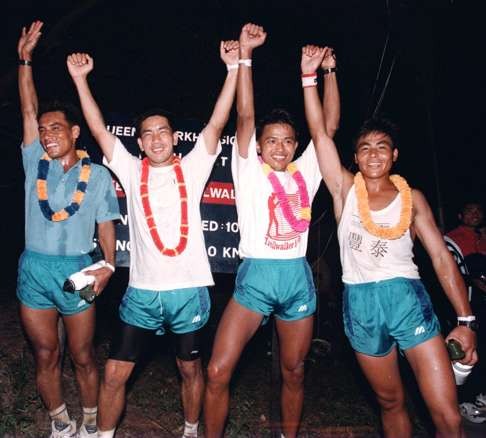
In a 1996 interview with the Post, then-Trailwalker coordinator Neil Papenfus said the Gurkhas’ departure changed the flavour of the event “very much into a community-oriented Hong Kong-based event”.
The Gurkhas had a sweet send-off in 1996 – winning in 13 hours, 28 minutes – though it wouldn’t be the last of Nepalese participation in the Trailwalker. In fact Nepalese teams have won seven times in the past 18 years and are among the favourites for the 2016 event.
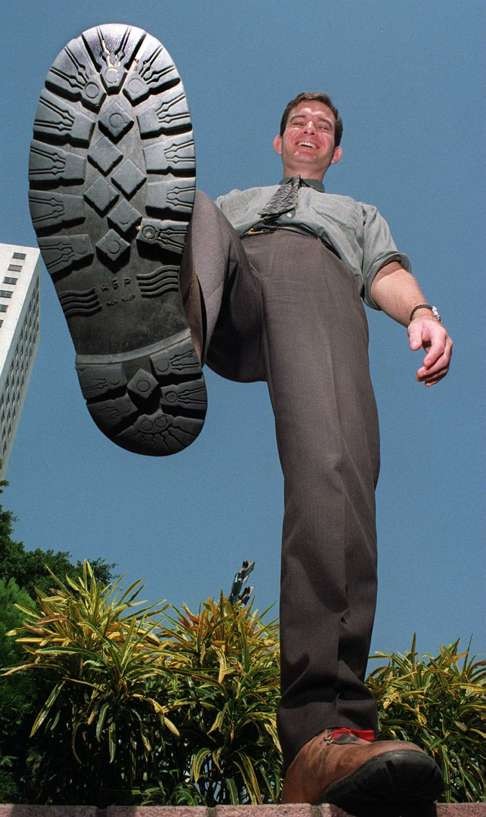
4. Unpredictable weather
We all know how unpredictable Hong Kong weather can get and the Trailwalker is not immune to fickle Mother Nature. The year 2000 was the worst; the only time, Wong says, the race had to stop mid-way. About 200 walkers at checkpoint seven at Lead Mine Pass were advised not to proceed due to extreme cold, wind and rain.
“People were complaining they wanted to go on, but we said no due to safety reasons. It was a very difficult decision to make,” says Wong.
From burning sun to monsoon rain and even sleet, wildly fluctuating weather during the event is not uncommon. In 2008, there was a high of 33 degrees Celsius during the day and 10 degrees at night. It’s all part of the Trailwalker challenge.
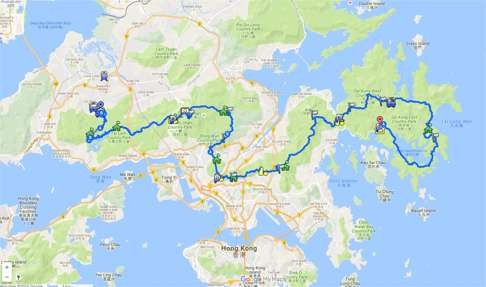
5. PLA participation
For years, Trailwalker organisers had tried to persuade the Hong Kong Garrison of the Chinese People’s Liberation Army to participate in the event. In 2009, the PLA finally did – with one team winning in 12 hours, 17 minutes and another in second.
Their victory, however, came with controversy: rivals had accused the soldiers of using an enormous support crew (estimated to be at least 50 people) and claimed their support runners employed gamesmanship to prevent other teams overtaking them.
There was no dispute the following year, though, when the PLA took the top two spots and were champions again in 2011. This time, rivals conceded the soldiers had won fairly.
Although the PLA has not participated since, Wong says there is increasing interest from mainland Chinese participants. “Ten years ago we had one or two teams from mainland China each year,” says Wong. “Now we have 40 to 50 teams on average.”
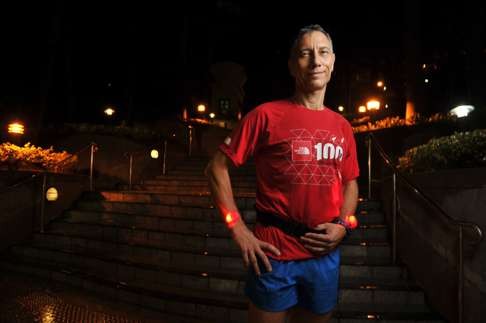
6. Allegations of cheating
Seasoned Trailwalkers know the MacLehose Trail like the back of their hands – and where the shortcuts are. Over the years, there have been numerous complaints of cheating. In 2013, for example, Team Nepal, who finished second, refused to accept the official result and accused the winner, Team Columbia S1, of taking a shortcut. Oxfam said it found no evidence supporting the allegation and dismissed the appeal.
“There are a whole bunch of obvious places to shortcut the Trailwalker – at Sai Wan Beach in Sai Kung, at Tate’s Cairn, Grassy Hill, and Tai Lam Chung Reservoir for example,” says Noyes.
“In 2000, I did not race and went to the top of Tate’s Cairn to cheer on the leading teams. The police team never came through, but they finished fourth place overall. Oxfam said I had to show them video as proof, which I didn’t have. It was really annoying as there were several witnesses.”
To combat cheating, this year there will be three extra control points at known shortcut spots. Failure to pass each control point incurs a 120-minute penalty.
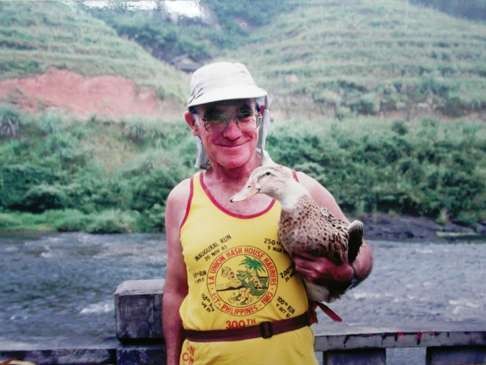
7. Unique teams and colourful personalities
If you thought running 100km was crazy enough, the late John Lane would do the Trailwalker, cross the finish line, then run the reverse route back alone to the start line. In 1996, aged 57, he ran the Trailwalker in 19 hours, 43 seconds and then the Macau Marathon the next day in 4 hours, 46 minutes, 55 seconds. Not bad for a guy who only started marathon running in his 40s. “He was a complete ultra-endurance nut,” says Noyes of Lane, who died of cancer in 2013 aged 77.
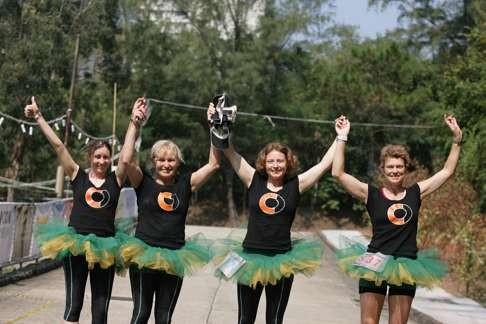
The Trailwalker has revealed other inspiring – and interesting – characters. There have been blind runners and amputees, cancer survivors and organ transplant recipients.
In 1990, a team of two people with two dogs signed up with the same family name. They made it to the finish, but “the dogs looked ready to collapse”, Paul Chu Wing-kwong, Oxfam Hong Kong fundraising coordinator, told the Post.
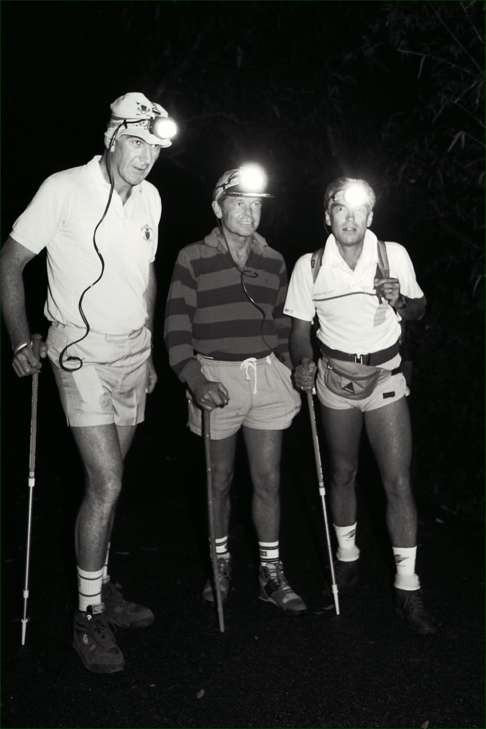
In 1993, the first taipans team entered, made up of representatives of 10 local business behemoths, including Cathay Pacific managing director Rod Eddington, Sino Group chairman Robert Ng, cigar-chomping David Tang, Jardine chairman Nigel Rich, Standard Chartered Bank’s Tony Nichol and the
Commander British Forces, General John Foley. Each ran only one stage of the trail, carrying a gold dollar sign as their baton. They raised a total of HK$1.6 million.
Then there was Peter Edwards, a support crew member, who reportedly provided champagne with caviar and a distinguished Beaune with spaghetti for his team. The story goes that the walkers left puffing on big cigars and managed to finish in under 30 hours. Whatever works, guys.
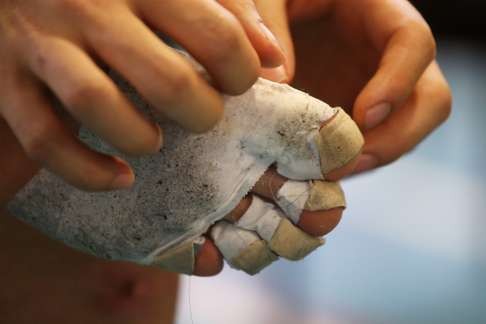
8. Crossing the finish line
Always a memorable moment for any participant; that moment when you know after nearly a day (or two) being on your feet that you don’t have to take another step again for a while.